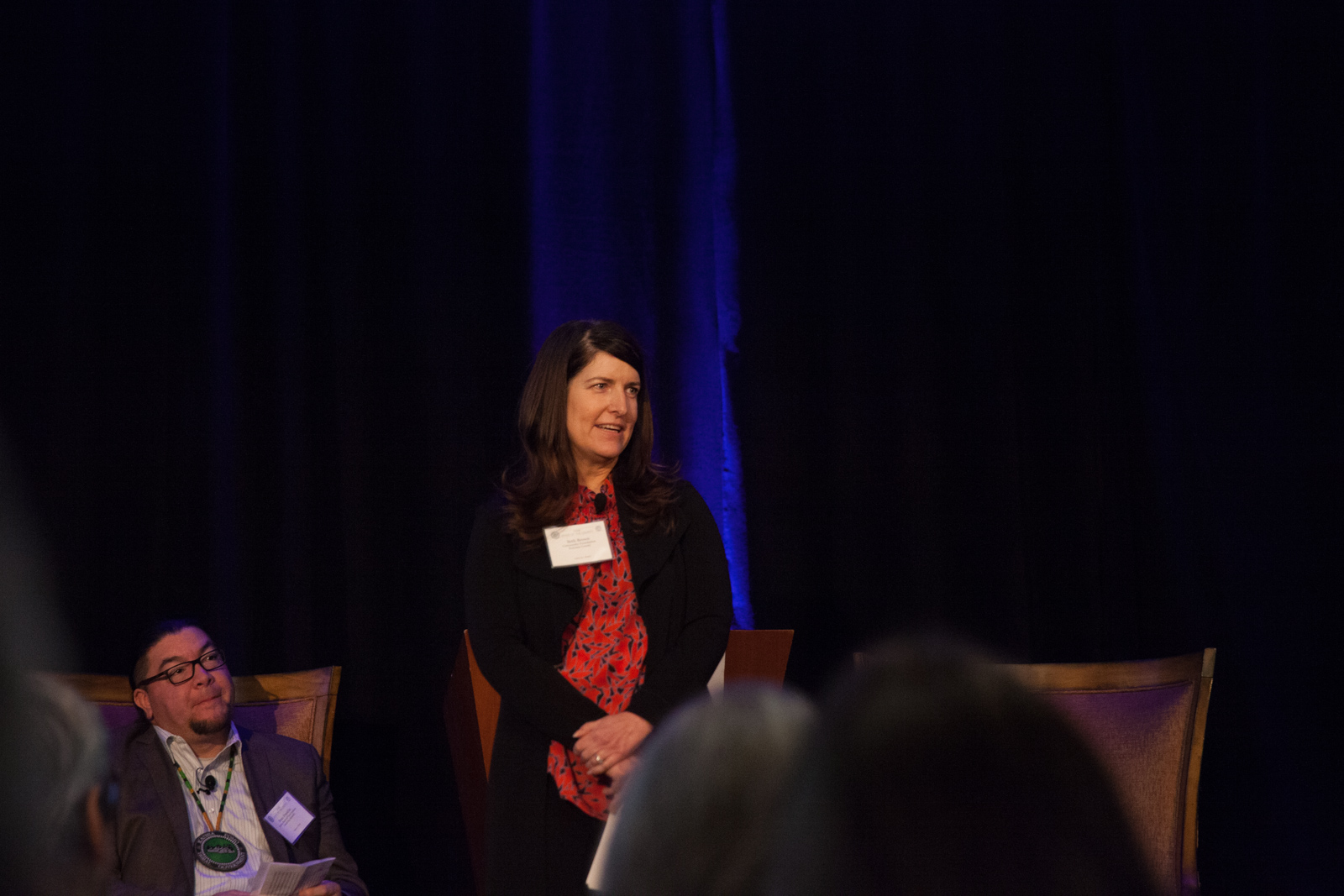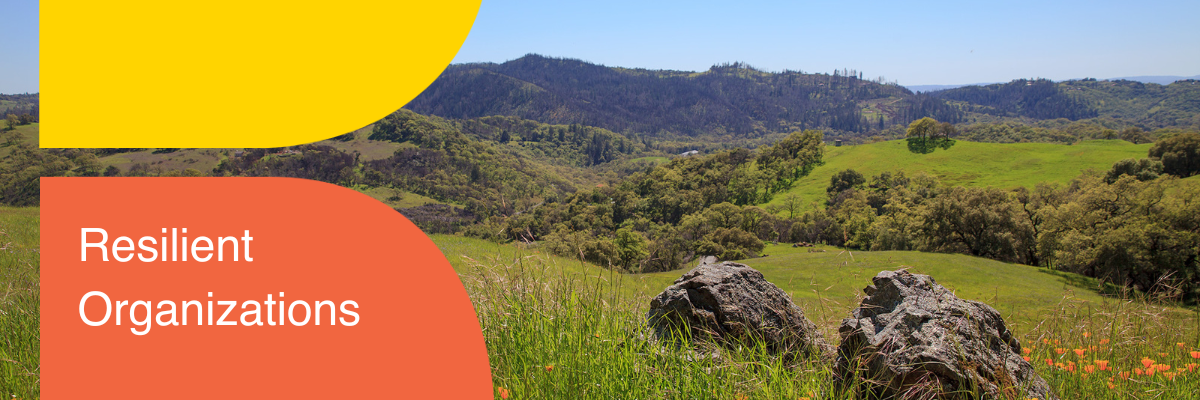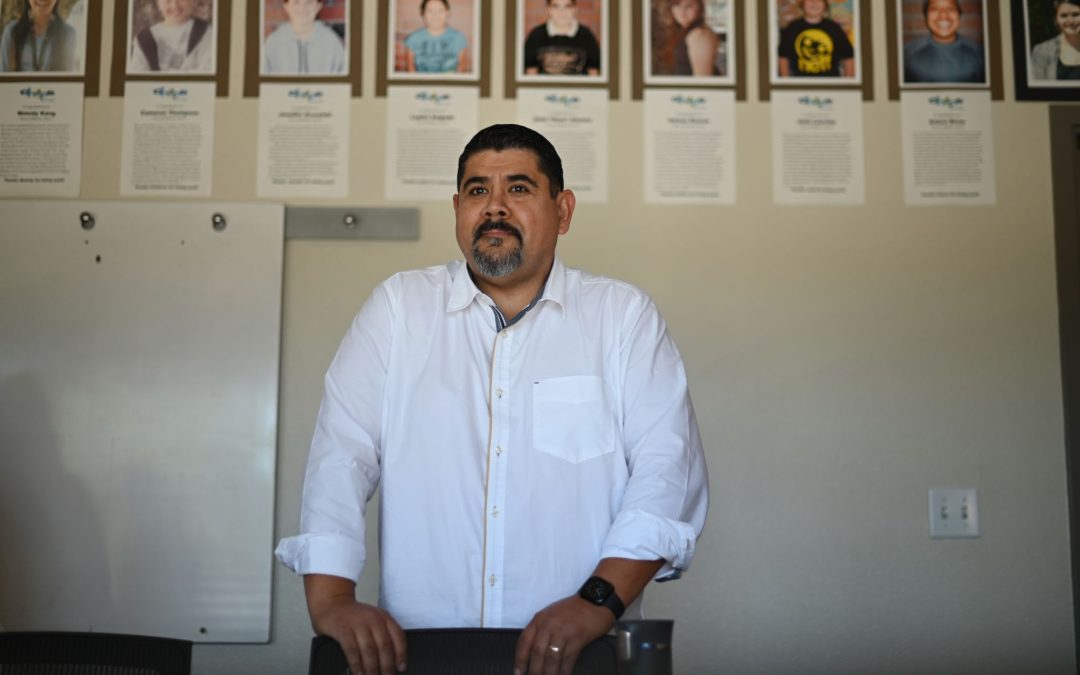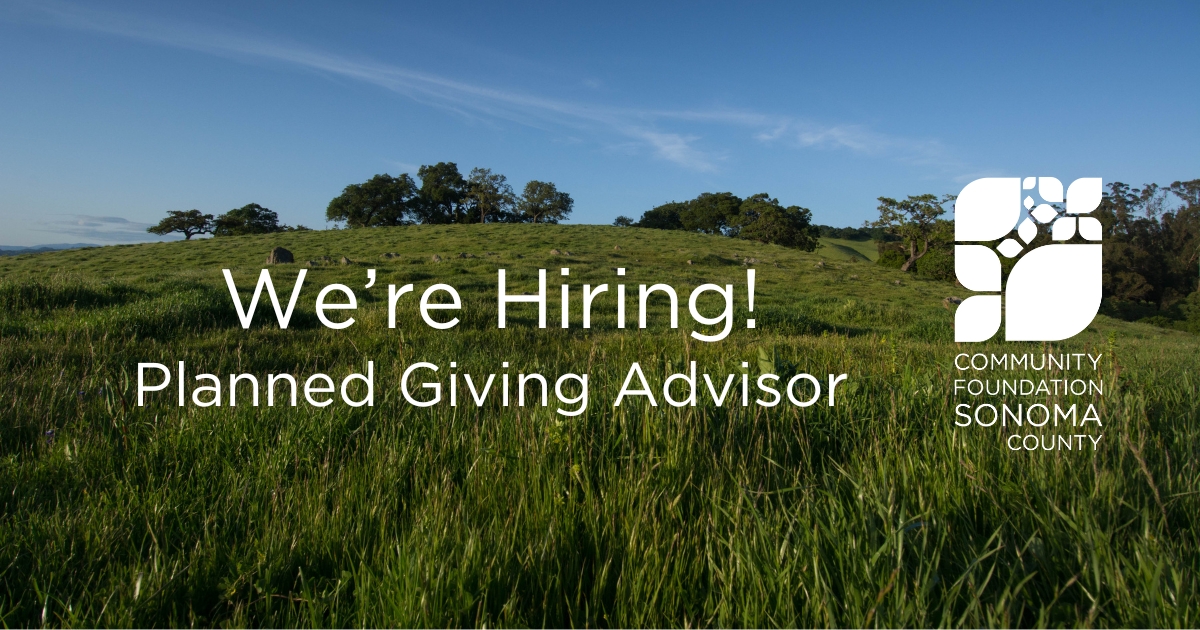When Supervisor James Gore asked us to represent the nonprofit sector at the annual State of the County breakfast event, we knew it would be a challenge to encapsulate all of the lessons we have learned into a five minute presentation but our CEO Elizabeth Brown was up to the challenge!
Check out the video above or read on to hear what we’ve learned about disaster philanthropy:
Lesson One: Take the Long View
- Those early days of the fires felt like dog years – it was really hard to see beyond the urgency
- When we reached out to other community foundations throughout the country, we kept hearing the advice, expect to be involved in recovery for at least 5 to 10 years.
- Set up fundraising that can be there for the mid to long term; it will be needed.
- Our Resilience Fund has raised close to $11 million and we are now working on our grantmaking strategy to make the first round of grants later this year.
Lesson Two: Expect Extreme Devastation AND Extreme Generosity
- When we launched our Resilience Fund, I set a reach goal of $1 million. We raised that within two days.
- We expected extreme generosity from our own community, but we didn’t expect that over 70% of the donations we received would come from outside of the county.
- Collectively, fundraising efforts have brought in tens of millions of dollars. We are especially grateful for the leadership of Brett Martinez and his team at Redwood Credit Union and to Daniel Lurie and Tipping Point Community for their tremendous efforts in fundraising for fire relief.
- Our problems are in the billions, so as funders, we have to stretch every dollar we invest in the unmet needs of fire survivors, both today and in the years to come.
Lesson Three: Support Your Second Responders
- After the urgent work of the emergency responders, the second wave of support came from many of our nonprofit agencies, on the front lines providing food and shelter and basic needs.
- Those “second responders” were already stretched before the fires, and are now taking on new people and needs.
- With a long recovery ahead, we can’t expect a return to normalcy for these organizations. So now is the time to dig deep and support their fire recovery work along with the important work they were doing before the fires.
Lesson Four: Watch Out for “a Tale of Two”
- Unfortunately, in both our community and our country, we are divided, a place of inequity. We know that sadly sometimes your zip code can be more determinant of the quality of your life than your genetic code.
- In times of disaster this inequality becomes even sharper, so we have a responsibility to pay even more attention to the more vulnerable, and to bring more resources to those communities.
Lesson Five: Take a Breath, and a Nap
- Around the two month mark, we began noticing that every meeting we were in was filled with energy, but it was the energy of adrenaline and caffeine.
- We weren’t setting ourselves up for a steady pace, or adhering to the old adage of “put on your own oxygen mask first.”
- We have to be our own sustainable resources. We have to take care of ourselves even as we work to take care of one another.











